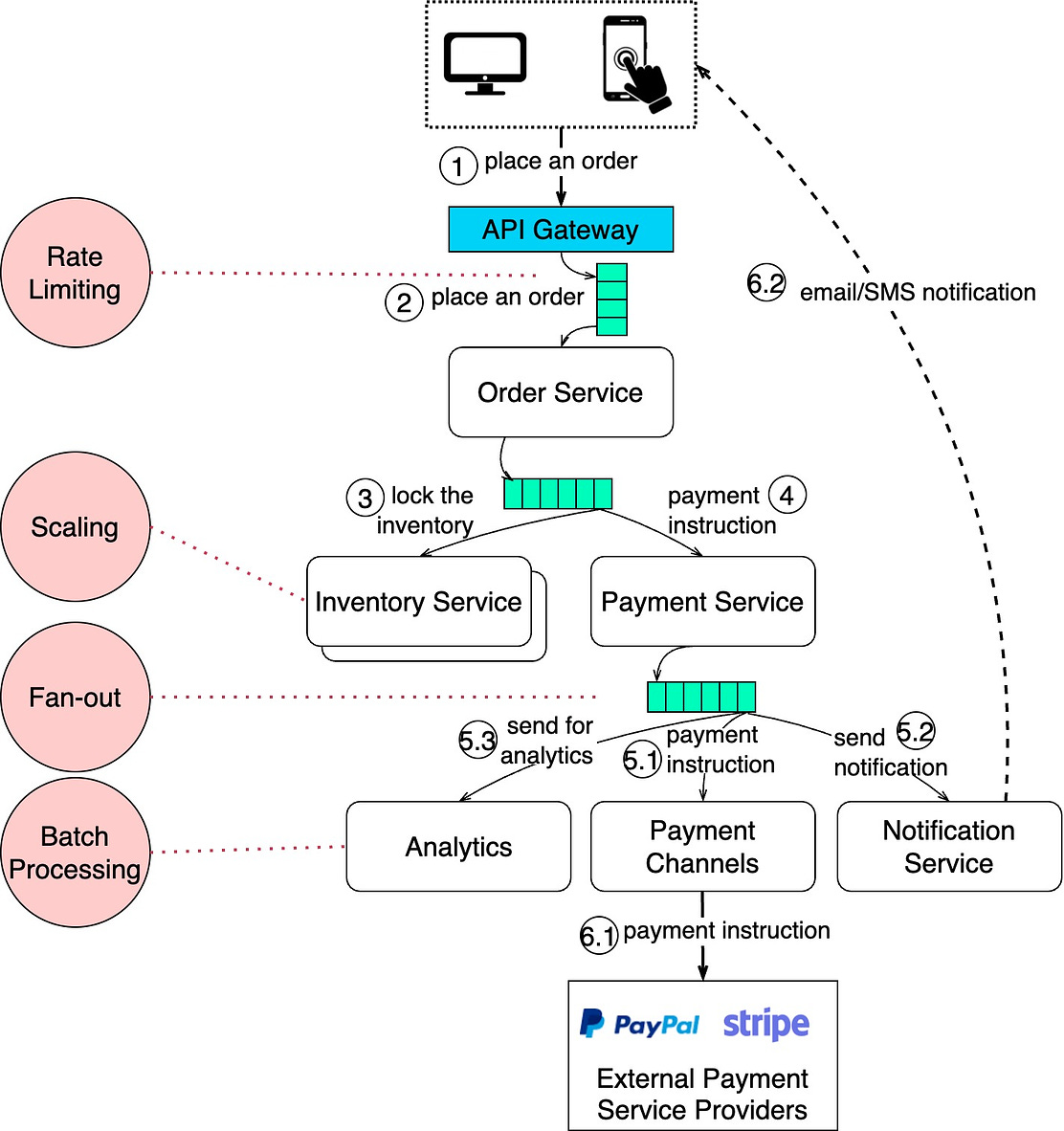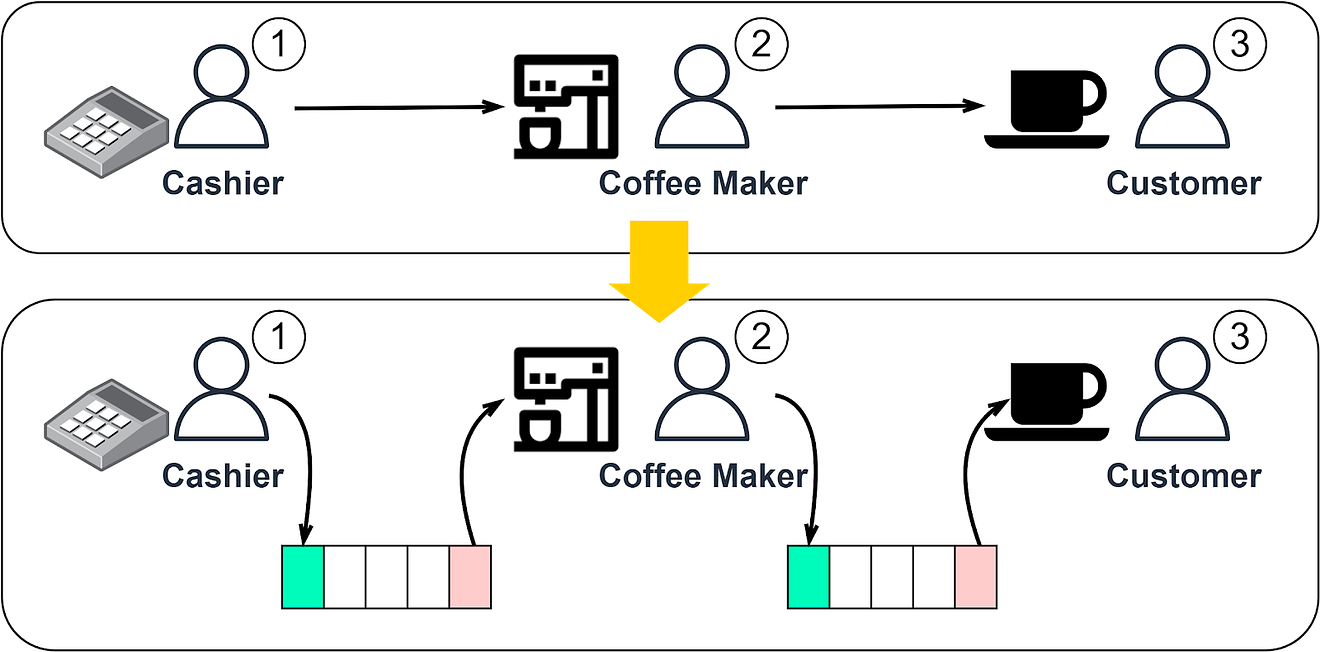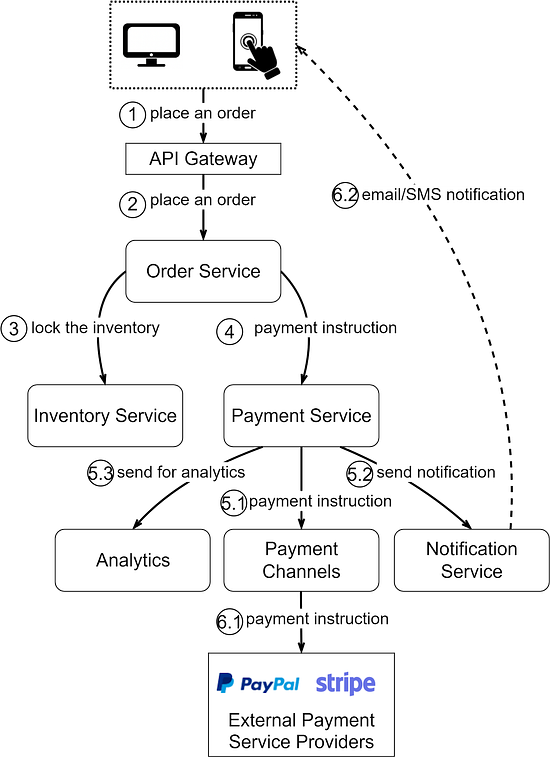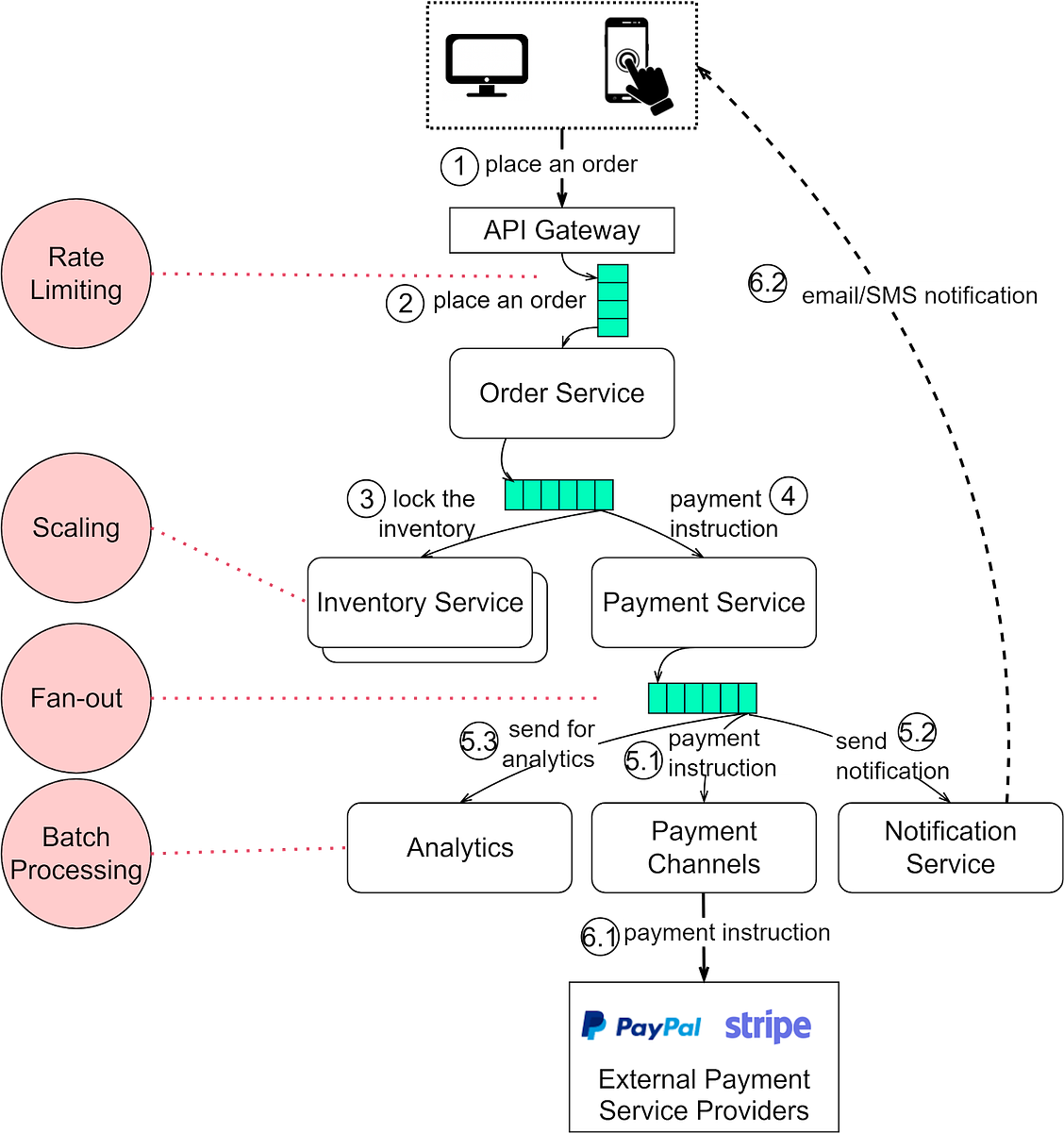- Mailing Lists
- in
- Why Do We Need a Message Queue?
Archives
- By thread 5289
-
By date
- June 2021 10
- July 2021 6
- August 2021 20
- September 2021 21
- October 2021 48
- November 2021 40
- December 2021 23
- January 2022 46
- February 2022 80
- March 2022 109
- April 2022 100
- May 2022 97
- June 2022 105
- July 2022 82
- August 2022 95
- September 2022 103
- October 2022 117
- November 2022 115
- December 2022 102
- January 2023 88
- February 2023 90
- March 2023 116
- April 2023 97
- May 2023 159
- June 2023 145
- July 2023 120
- August 2023 90
- September 2023 102
- October 2023 106
- November 2023 100
- December 2023 74
- January 2024 75
- February 2024 75
- March 2024 78
- April 2024 74
- May 2024 108
- June 2024 98
- July 2024 116
- August 2024 134
- September 2024 130
- October 2024 141
- November 2024 171
- December 2024 115
- January 2025 216
- February 2025 140
- March 2025 220
- April 2025 233
- May 2025 239
- June 2025 303
- July 2025 101
Ship code faster with unmatched detection accuracy of security risks
Fleet Parts Inventory Management System - Manage, Reduce Downtime and Cost
Why Do We Need a Message Queue?
Why Do We Need a Message Queue?
This is a sneak peek of today’s paid newsletter for our premium subscribers. Get access to this issue and all future issues - by subscribing today. Latest articlesIf you’re not a subscriber, here’s what you missed this month.
To receive all the full articles and support ByteByteGo, consider subscribing: In this issue, we’re diving deep into a widely-used middleware: the message queue. Message queues have a long history. They are often used for communication between different systems. Figure 1 illustrates the concept of a message queue by comparing it to how things work at Starbucks. At Starbucks, the cashier takes the order and collects money, then they write the customer’s name on a coffee cup to hand over to the next step. The coffee maker picks up the order and the cup and makes coffee. The customer then picks up the coffee at the counter. The three steps work asynchronously. The cashier just drops the order in the form of a coffee cup and does not wait for its completion. The coffee maker just drops the completed coffee on the counter and does not wait for the customer to pick it up. When you place an order at Starbucks, the cashier takes the order and scribbles your name on a cup and moves to the next customer. A barista then picks up the cup, prepares your drink, and leaves it for you to collect. The beauty of this process is that each step operates independently. It is much like an asynchronous system. This asynchronous processing, where each step doesn’t have to wait for the previous one to complete, significantly increases the throughput of the system. For instance, the cashier doesn’t wait for your drink to be made before taking another order. A Message Queue ExampleNow, let’s shift our focus to a real-world example: flash sales in e-commerce. Flash sales can strain systems due to surge in user activity. Many strategies are employed to manage this demand, and message queues often play a pivotal role in backend optimizations. A simplified eCommerce flash sale architecture is listed in Figure 2. Steps 1 and 2: A customer places an order to the order service. Step 3: Before processing the payment, the order service reserves the selected inventory. Step 4: The order service then sends a payment instruction to the payment service. The payment service fans out to 3 services: payment channels, notifications, and analytics. Steps 5.1 and 6.1: The payment service sends the payment instruction to the payment channel service. The payment channel service talks to external PSPs (Payment Service Providers) to finalize the transaction. Steps 5.2 and 6.2: The payment service sends a notification to the notification service, which then sends a notification to the customer via email or SMS. Step 5.3: The payment service sends transaction details to the analytics service. A key takeaway here is that a seamless user experience is crucial during flash sales. To maintain service responsiveness despite high traffic, message queues can be integrated at multiple stages to ensure optimal performance. Benefits of Message QueuesFan-outThe payment service sends data to three downstream services for different purposes: payment channels, notifications, and analytics. This fan-out method is like someone shouting a message across a room; whoever needs to hear it, does. The producer simply drops the message on the queue, and the consumers process the message at their own pace. Asynchronous ProcessingDrawing from the Starbucks analogy, just as the cashier doesn’t wait for the coffee to be made, the order service does not wait for the payments to finalize. The payment instruction is placed on the queue, and the customer is notified once it’s finalized. Rate LimitingIn a flash sale, there can be tens of thousands of concurrent users placing orders simultaneously. It is crucial to strike a balance between accommodating eager customers and maintaining system stability. A common approach is to cap the number of incoming requests within a specific time frame to match the capacity of the system. Excess requests might be rejected or asked to retry after a short delay. This approach ensures the system remains stable and doesn’t get overwhelmed. For requests that make it through, message queues ensure they’re processed efficiently and in order. If one part of the system is momentarily lagging, the order isn’t lost. It’s held in the queue until it can be processed. This ensures a smooth flow even under pressure. DecouplingOur design uses message queues in various places. The overall architecture is different from the simplified version presented in Figure 2. Services interact with each other using well-defined message interfaces rather than depending tightly on each other. Each service can be modified and deployed independently. Each component can be developed in a different programming language. This brings flexibility to the architectural design. Horizontal ScalabilitySince the services are decoupled, we can scale them independently based on demand. Each service can serve in a different capacity, so we can scale based on their planned QPS (query per second) or TPS (transaction per second). Message PersistenceMessage queues can also be used as middleware that stores messages. If the upstream service crashes, the downstream service can always pick up the messages from the message queue to process. In this way, the recovery function is moved out of each service and becomes the responsibility of the message queue. Batch ProcessingSometimes in the processing flow, we need to batch the data to get the summary. For example, when the payment service sends updates to the analytics service, the analytics service does not need to perform real-time updates but rather set up a tumbling window to process in batches. The batch processing is the requirement of the downstream services, so there is no need for the payment service to know about it, just drop the messages into the queue. Message OrderingIn a flash sale, there is a limited number of inventory items. For example, a flash sale offers only 10 iPhones, but there are over 10,000 users who place the order. How do we decide on the order? Having a message queue to keep all the orders will have a natural order: The first 10 in the queue will get the iPhone. In Figure 3 we put everything together, where the services are connected via message queues and decoupled. In this way, the architecture can achieve higher throughput. Keep reading with a 7-day free trialSubscribe to ByteByteGo Newsletter to keep reading this post and get 7 days of free access to the full post archives. A subscription gets you:
© 2023 ByteByteGo |
by "ByteByteGo" <bytebytego@substack.com> - 11:37 - 10 Aug 2023



